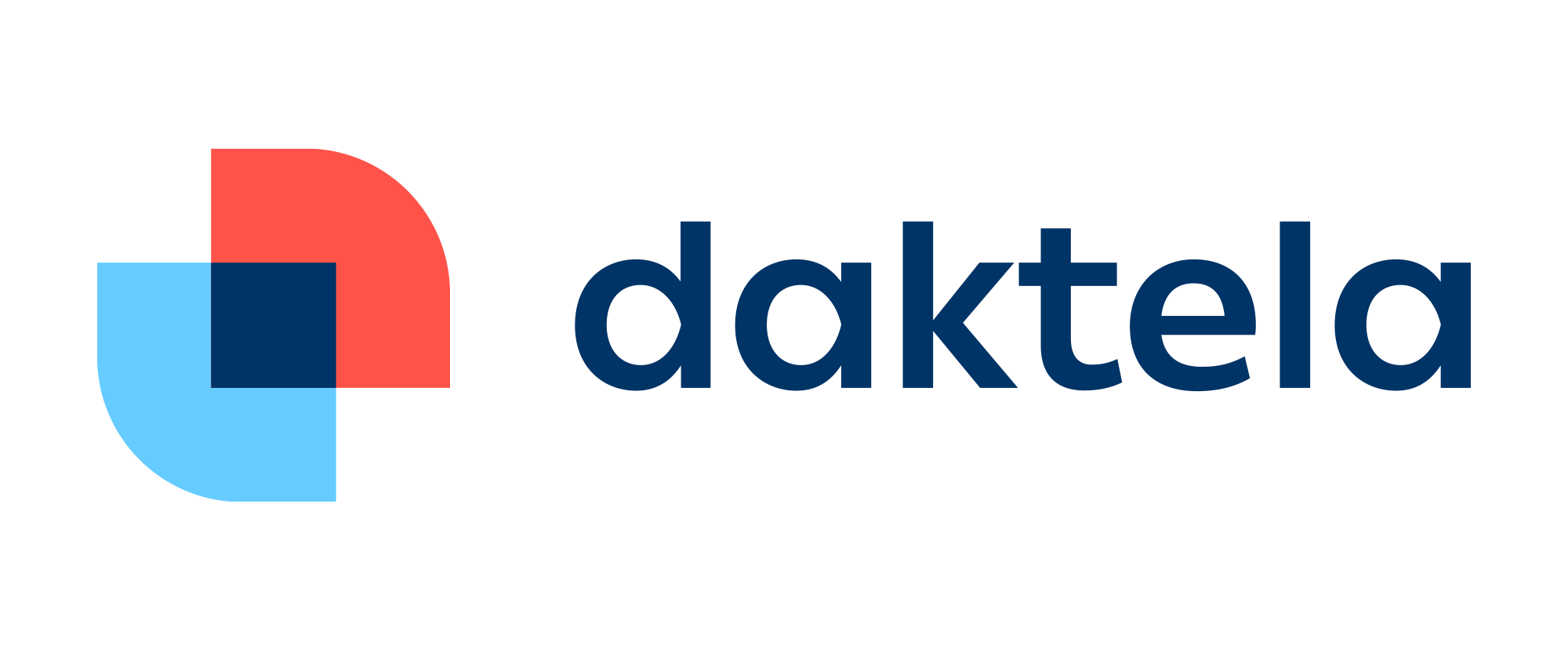Getting through your contact centre tickets on time can be a challenge, especially if you deal with large volumes of customer requests and queries. To add to this, different customers and different situations usually require you to meet different deadlines depending on the importance, scope or size of the task.
Without the right tools, losing track of all of them can happen to even the most experienced customer service representatives and managers. Looming deadlines are one thing, but deadlines you don’t even know about are even worse.
The Daktela Tickets module can help you bring some order into your ticketing activities.
Each one of your customers can have a different SLA set up, defining how much time you have to solve their questions depending on the priority of the issue. When a ticket is raised by someone from that company, its deadline will automatically be set according to several parameters. Let’s have a look at how they work and how it can help you achieve better results.
When a ticket is created in Daktela, a priority must be selected: Low, Medium or High. This simply selects the amount of time you have allocated to each priority in the SLA setup.
Every ticket in Daktela is also part of a Category. This helps to define what the general topic of the ticket is and makes sure it shows up in the ticket list of the person best suited to solve it. Each Category can have its own SLA times set up depending on the task at hand.
Categories also have working hours defined. When a ticket’s deadline is set, Daktela calculates it while taking the Category’s working hours into account. This means that you don’t have to worry about not meeting your deadlines if you get a ticket just before the end of your business hours. For certain Categories, you may of course want to set up 24/7 working hours. Thanks to this feature, you only need to set up one SLA while having different amounts of time to solve different types of requests based on the ticket Category.
Let’s have a look at an example of how the Daktela SLA feature calculates deadlines in practice. Let’s say Customer 1 has an SLA of 24 hours from ticket creation to solution for low priority tickets and you have two Categories set up – e.g. “General Enquiries” with business hours of 9 AM to 5 PM Monday to Friday, and “Critical Bugs” with 24/7 business hours. If the customer creates a low priority ticket at 3 PM on a Monday, the following deadlines will be automatically set. If the ticket is:
- In the “Critical Bugs” Category, its deadline will be 3 PM on Tuesday.
- In the “General Enquiries” Category, its deadline will be 3 PM on Thursday. This is because the SLA is only calculated during the Category’s business hours: 2 hours on Monday, 8 hours on Tuesday, 8 hours on Wednesday and 6 hours on Thursday – 24 in total.
If Customer 2 has an SLA of 12 hours and they create tickets in the same categories at the same time as Customer 1, their deadlines will be 1 AM on Tuesday and 11 AM on Wednesday respectively. As you can see, Daktela will take care of setting the right deadlines for the right tickets for you. Once you have set up your SLAs, you don’t need to remember different times for different customers so you can focus on actually helping customers.
You may have noticed that the SLA times are selected in two places – one for the company that the ticket is from and one for the Category the ticket is in. So what determines which SLA will be used to calculate the ticket’s deadline? If the ticket’s main contact is associated with a company, the company’s SLA will be used. If no contact is selected in the ticket or if the contact is not paired with a company, the Category’s SLA setup will determine the ticket’s deadlines instead.
A useful optional SLA feature is First Response time. If you choose to use it for your SLAs, each ticket will essentially have 2 deadlines: one for sending the customer some information about what is being done to solve their problem and one to actually solve it. E.g. if you want your agents to reply within 2 hours of receiving a ticket and to solve the ticket in max. 12 hours, you can easily set this up in Daktela. The deadline will first be set to 2 hours from ticket creation and once a reply is sent, to 12 hours from ticket creation. You can view both deadlines and individual step completion times in the ticket details.
If you decide to use Daktela to help you take care of your customers, remembering to set up lots of confusing deadlines will be one of the many things you won’t have to worry about. If you want to try for yourself, ask us for a demo. We’ll be happy to show you around.
You can find the SLA settings mentioned in this blog in the following places:
- SLA Settings: Manage → Tickets → SLA
- Category Settings: Manage → Tickets → Categories
- Business Hours Settings: Manage → Settings → Time groups
- Company SLA Settings: CRM → Accounts







